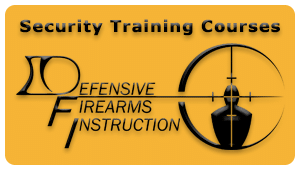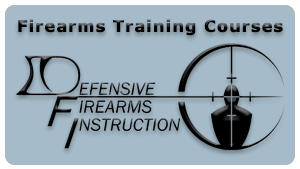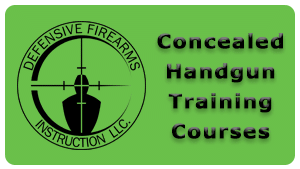Lead Exposure
There are some things that are covered all the time within the firearms community, however, there are some things that I hardly ever hear about that do deserve some mentioning.
I want to cover a serious hazard associated with firearms that I often see get overlooked: lead exposure.
Despite the disregard I see for measures to minimize the risk, lead exposure is a real concern.
This is especially the case for individuals that spend a lot of time on the range. While on outdoor ranges, the risk of lead exposure is significantly reduced due to better air circulation.
While the risk of lead exposure is higher on indoor ranges that allow the use of lead ammunition, special attention should be paid to minimize the risks in either setting.
There are three main ways that lead exposure occurs: inhalation, ingestion, and being absorbed through the skin.
Many ranges have specified rules against smoking or chewing, or bringing food or drink onto the range.
This is typically less geared towards pushing the vending machine sales and more geared towards minimizing shooters ingesting lead while on the range.
Lead particles end up all over our hands while shooting, if we end up picking up a cigarette between volleys; we are putting lead particles in our mouth which leads to ingestion.
The same goes for food and drinks as well.
It is highly recommended to wash your hands before eating or touching your face, yet as simple as this sounds it is actually the most violated rule I see on a daily basis.
Another thing to keep in mind when out at the range is how lead can be absorbed through the skin.
Our hands are going to have lead particles all over them when we are shooting, there is little that can be done to prevent this aside from using lead-free ammunition which is expensive, or by using gloves which is not always an option.
The best recommendation is to wash your hands when you are done shooting.
Another issue I see all the time actually stems from policing brass.
Range clean-up is a bit of a drag, and typically by the end of a long day of training, the only real concern is getting it done as quickly as possible.
It is highly recommended to avoid putting spent casings in a hat or other article of clothing to minimize trips to the bucket.
By doing this you would be contaminating the hat or article of clothing.
Putting that article of clothing back on will cause the lead particles to be absorbed into your skin on other areas of your body.



